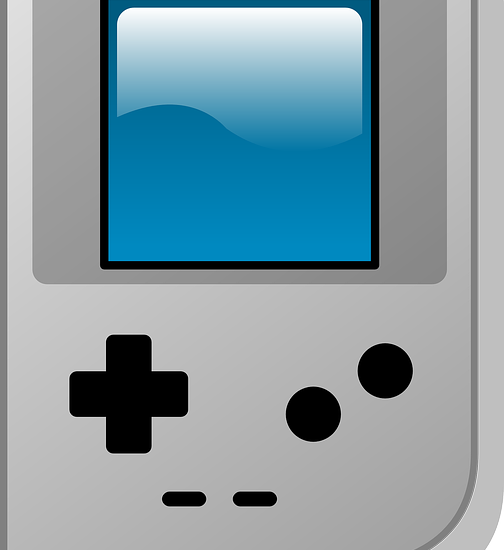Nov. 23, 2022 – You may not think that children with attention deficit hyperactivity disorder, or ADHD, have a lot in common with older adults.
The kids struggle to sit still and focus on a task. The older adults are great at sitting still, but they often have a hard time following the conversation at a holiday dinner.
In both cases, the problem is one of attention.
Yes, that’s obvious for someone who’s been diagnosed with ADHD. It’s right there in the name. With ADHD, the brain is constantly searching for new and interesting ways to distract itself.
But older adults aren’t searching for distractions. They just can’t ignore the distractions that find them.
“Focusing attention has two sides: focusing and ignoring,” says Adam Gazzaley, MD, PhD, a professor of neuroscience at the University of California, San Francisco. “It’s the act of filtering out irrelevant information that declines with aging.”
That’s why Gazzaley invented EndeavorRx, a therapeutic video game you may have heard of, especially if your child has ADHD. In 2020, the FDA approved EndeavorRx to treat kids with ADHD between the ages of 8 and 12, making it the first digital therapy to get the green light for any condition.
What you may not know is that the game was originally used to help seniors. Or that therapeutic games are now being developed and tested for a wide range of conditions and populations.
Gazzaley calls it “experiential medicine” and says it has one major advantage over traditional medicine: It adapts to you. While the patient is learning to play the game, the game is learning to work with the patient.
How Video Games Work Like Exercise for Your Brain
This adaptive quality is the key to EndeavorRx and what makes it different from commercial video games. Gazzaley calls it an “adaptive closed-loop algorithm.”
Put simply, the game adjusts to the player. Better players encounter tougher challenges, while those with less skill can still work through the game’s levels and unlock its rewards.
Your brain, in turn, adapts to the challenges with structural changes, not unlike the adaptations your body makes when you exercise.
Just as your muscles respond to strength training by getting bigger and stronger, your brain adapts to challenges by forming new connections between and within neural networks. It works the same for all ages, whether you’re an older adult who’s never played a video game or a young person who’s possibly played too many. (It’s worth noting that too much gaming can hurt your mental health.)
The brain’s ability to adapt to new information, circumstances, or demands is called neuroplasticity, and it’s the key advantage that experiential medicine has over drug treatments. Changes in the brain not only translate to real-life improvements in attention, but they also remain intact after the patient has finished their prescribed time with the game.
“It just sticks, which is incredibly different from how drugs work now,” Gazzaley says.
…….
